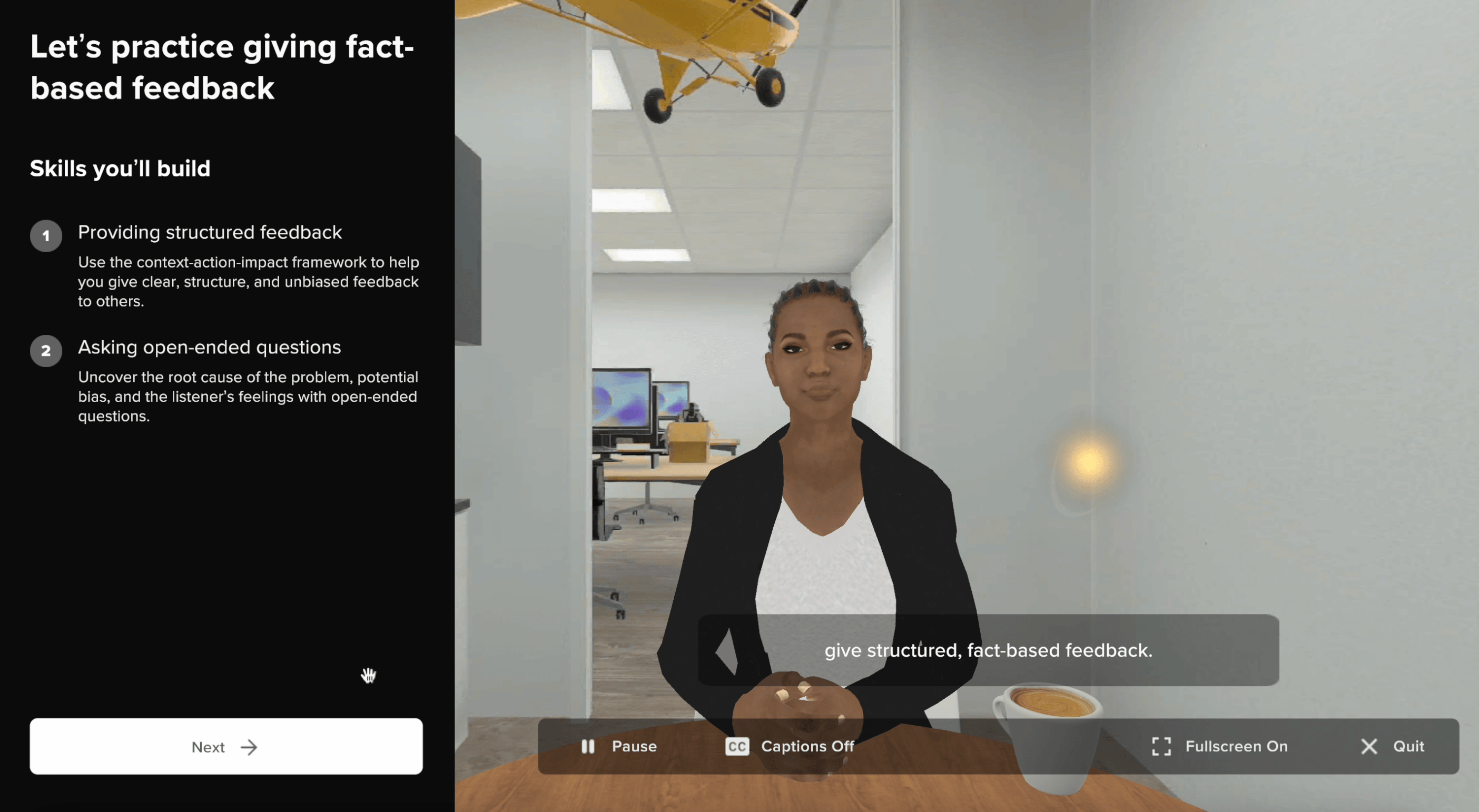- Talent Development
4 tips for strengthening employee engagement during tough times
The reality of running a business during an economic slowdown is that you need to do more with less. Nobody is happy about this — not your managers, or your business partners, and certainly not your employees.
When businesses cut costs, workers usually have to contend with higher workloads and absorb responsibilities outside of their job descriptions. Longer-term projects that may have given them a sense of purpose are shelved to cut costs. And to top it all off, rising living costs make it harder for people to make ends meet.
The sum of these factors can make it difficult for workers to feel confident about their future with the company. And it can be difficult to motivate them to continue doing good work.
Navigating a business through a difficult and unpredictable business environment is stressful. Here are some tips to improve employee engagement and help them perform to their full potential.
1. Communicate openly and with empathy
During hard times, communicating frequently and transparently about the state of your business is critical to preserving trust and boosting employee engagement. During the 2008 crisis, Judith Blanton, Ph.D. stressed that this trust was contingent on on making communications personal, rather than remote or artificial. She said that “people need to feel a highly personal presence and connection” and cautioned that “talking about the long-term visions and strategies of the company will not be effective when people are bracing for further bad news or emotionally recovering from previous disclosures.”
If you think your company will have to make cuts of any kind in the future, whether that means reducing headcount or rolling back benefits, communicating with workers ASAP is always the best practice.
And while timing is of course important, tone is also critical. One way for leaders to make communications feel personal is to be vulnerable about their own feelings and provide outlets for employees to support one another: “If and when dramatic events occur, give people opportunities to safely express their emotions. Reach out to employees on a personal basis. Get out of your office and into the hallway. Be there for them,” said Blanton.
2. Aim for collective decision-making
Abrupt, unilateral notices to employees about company decisions send the message that management is uncaring and out-of-touch. People-centered companies today opt for a more collaborative approach that engages employees by bringing them along in the process.
Asking for employee input on potential cost-savings plans is one way to practice empathetic management while acknowledging the reality of a hard situation. A virtual Town Hall enhanced with a compelling presentation and Q&A is one effective way to field employee questions in a controlled and respectful manner.
3. Set realistic expectations
It’s important to find the right balance between empathy and accountability when leading employees through hard times. Consider setting micro-expectations that ease anxiety but keep people moving forward.
This could look like setting daily goals rather than monthly or weekly ones. Goals can be anything from making progress towards KPIs to commitments that support greater equity and inclusion, like expanding one’s professional network or setting inclusive meeting norms. This validates the challenges folks are facing while improving employee engagement in the work and company mission.
Above all else, communication is key. If annual bonuses are going to be smaller than usual, for example, consider making commitments to rewarding employee’s hard work down the line. And think twice before slashing employee programs like learning opportunities and DEI initiatives. These activities show that you’re committed to your employees’ success.
4. Double-down on learning resources
If you need to run a leaner team during a slowdown, make sure your employees have the proper training to excel in their expanded roles. Investing in strategic L&D solutions allows you to support, retain, and upskill your people to prevent costly turnover and minimize skill gaps.
The challenge, of course, is proving the value of the investment to your executive team. Innovative tech, still in great demand despite a slowing market, is one way to maximize the value-add of your L&D programs and prove it, too. Modern, strategic L&D initiatives come equipped with reporting capabilities and access to robust analytics. When choosing L&D providers, make sure they can help you show impact and ROI from your programs. This will help you set goals that reinforce the impact of learning, talent development and DEI.
Build trust from the top
Tough times create the opportunity to demonstrate resilience and build trust with employees. This means backing up your words with actions and not shying away from discomfort. Being transparent about the challenges your company is facing and taking active steps to thoughtfully address them supports a people-centric culture where employees feel heard.









